Home>Garden Essentials>How Long Does It Take For Buffalo Grass To Germinate
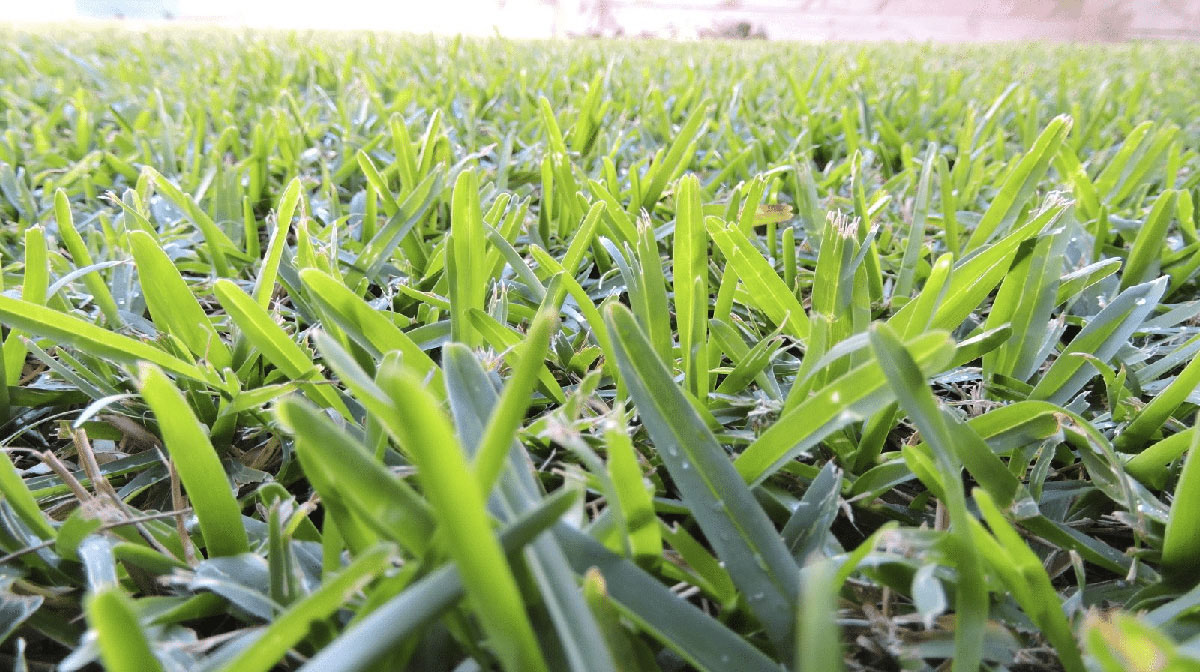

Garden Essentials
How Long Does It Take For Buffalo Grass To Germinate
Modified: March 16, 2024
Discover how long it takes for buffalograss to germinate in your garden. Get expert advice on growing a beautiful and resilient lawn.
(Many of the links in this article redirect to a specific reviewed product. Your purchase of these products through affiliate links helps to generate commission for Storables.com, at no extra cost. Learn more)
Introduction
Welcome to our comprehensive guide on the germination process of buffalograss and how long it typically takes for this popular turfgrass to sprout. If you’re planning to plant buffalograss in your garden or lawn, understanding its germination timeline is crucial for successful cultivation.
Buffalograss, scientifically known as Buchloe dactyloides, is a warm-season grass native to North America. It is known for its resilience, drought tolerance, and low maintenance requirements, making it an excellent choice for arid regions. Buffalograss has become increasingly popular among homeowners and landscape enthusiasts due to its ability to create a lush, green carpet-like lawn without the need for excessive watering.
In order to establish a buffalograss lawn, it is essential to understand the germination process. Germination is the process by which a seed sprouts and begins to grow into a mature plant. For buffalograss, the germination process involves the seed absorbing water, breaking its dormancy, and initiating root and shoot growth.
Several factors can influence the germination of buffalograss, including temperature, moisture, soil quality, and proper seed preparation. In this article, we will explore these factors and provide insights into the average time it takes for buffalograss to germinate. Additionally, we will share some helpful tips to promote and accelerate buffalograss germination, so you can enjoy a vibrant and healthy lawn in no time.
Key Takeaways:
- Buffalograss typically takes 14 to 21 days to germinate, but factors like temperature and moisture can affect the timeline. Patience and proper care are crucial for successful growth.
- To promote buffalograss germination, choose the right time for seeding, prepare the soil, select high-quality seeds, provide consistent moisture, and protect the seedlings. These steps can increase the likelihood of a healthy lawn.
What is buffalograss?
Buffalograss is a warm-season perennial grass that is native to the Great Plains region of North America. It is a low-growing species that is well adapted to withstand the harsh conditions of arid and semi-arid climates. Its scientific name, Buchloe dactyloides, is derived from the Greek words “buchlos” meaning “ox” and “dactylos” meaning “finger,” referring to its leaf shape that resembles oxen hooves or fingers.
This grass species is highly valued for its exceptional drought tolerance and ability to thrive in sandy or clay-based soils. It is widely used in residential lawns, commercial landscapes, golf courses, and parks due to its low maintenance requirements and attractive appearance.
One of the key characteristics that sets buffalograss apart from other turfgrass species is its slow growth rate. It forms a dense carpet-like turf with a maximum height of around 6 inches, reducing the need for frequent mowing. This low maintenance aspect, along with its ability to conserve water, makes buffalograss an eco-friendly choice for those who want to create a sustainable and beautiful lawn.
In addition to its characteristic slow growth, buffalograss has an impressive resistance to disease and pests. It is known for its ability to withstand extreme temperatures, including both hot and cold conditions. This grass species can survive temperatures ranging from -30°F (-34°C) to 120°F (49°C), making it an excellent choice for regions with fluctuating climate patterns.
The attractive blue-green color of buffalograss adds a touch of natural beauty to any landscape. Its leaves are narrow, fine-textured, and have curly tips that give the grass a unique appearance. Buffalograss also produces seed heads, which are small and inconspicuous, adding subtle visual interest to the lawn.
Overall, buffalograss is a versatile, resilient, and visually pleasing grass species that is well-suited for areas with low rainfall, water restrictions, and challenging soil conditions. Whether you’re seeking a sustainable lawn or looking to establish a naturalistic landscape, buffalograss can provide an excellent solution.
The germination process
The germination process of buffalograss is a fascinating and important stage in its growth cycle. Understanding this process can help you take the necessary steps to ensure successful germination and establishment of a healthy lawn.
The first step in the germination process is seed activation. Buffalograss seeds have a natural dormancy mechanism that prevents them from sprouting immediately after they are dispersed. This dormancy helps protect the seeds until the conditions are favorable for growth. When the seed comes into contact with moisture, it triggers the activation process.
Once activated, the seed absorbs water and begins to swell. This initiates the process of imbibition, where the water penetrates the hard seed coat and provides the necessary hydration for germination to occur. The swelling of the seed also breaks the dormant embryo within.
After imbibition, the seed starts to germinate by sending out a radicle, which is the first root of the new plant. This root grows downwards into the soil, anchoring the plant and absorbing nutrients and water from the surrounding environment.
Simultaneously, the coleoptile, a protective sheath, emerges above the ground. It helps to protect the emerging shoot and leaves from potential damage caused by external factors such as infestations or adverse weather conditions.
As the root system develops, the shoot begins to elongate and grow towards the surface. The first leaves, called cotyledons, emerge from the shoot and provide the initial source of energy for the young plant. These leaves are temporary and will be replaced by the true leaves, which are characteristic of buffalograss.
During the germination process, it is crucial to ensure that the seed is placed in contact with moist soil. Consistent moisture is essential for successful seed germination and subsequent growth. The soil temperature also plays a vital role, as warm soil temperatures promote faster germination and root development.
With proper care, the germination process of buffalograss usually takes around 14 to 21 days. However, it is important to note that environmental factors, such as temperature and moisture levels, can influence the germination timeline. Cooler temperatures and insufficient moisture may prolong the germination period.
Patience is key during the germination process. It is essential to provide consistent watering, monitor soil moisture levels, and ensure the seed receives adequate sunlight for optimal growth. With time, proper care, and favorable growing conditions, your buffalograss seeds will sprout and begin their journey towards establishing a lush and vibrant lawn.
Factors affecting buffalograss germination
The germination of buffalograss can be influenced by several factors. Understanding these factors can help gardeners and landscapers create the optimal conditions for successful germination and establishment of a healthy buffalograss lawn. Here are the key factors that affect buffalograss germination:
- Temperature: Temperature plays a significant role in the germination process of buffalograss. It is a warm-season grass that thrives in temperatures between 60°F (15.5°C) and 80°F (26.5°C). Warmer temperatures promote faster germination and root development, while colder temperatures can delay or inhibit germination.
- Moisture: Consistent moisture is crucial for buffalograss seed germination. The seed needs to be in contact with moist soil to absorb water and activate the germination process. It is important to keep the soil consistently damp, but not overly saturated, to prevent seed rot or fungal diseases.
- Soil quality: The quality of the soil also affects buffalograss germination. Ideally, the soil should be well-draining and have a good balance of organic matter. Compacted or clayey soils may hinder germination by preventing proper water infiltration and root growth. It is recommended to prepare the soil by loosening it with a rake or garden fork and incorporating organic matter before seeding.
- Seed quality: High-quality buffalograss seeds are essential for successful germination. When purchasing seeds, it is important to choose certified seeds from reputable suppliers. These seeds undergo rigorous testing and have higher germination rates compared to low-quality or outdated seeds.
- Light: Buffalograss seeds require exposure to sunlight for germination. It is important not to bury the seeds too deeply when sowing. Lightly raking them into the soil or gently pressing them onto the soil surface ensures they receive adequate light for proper growth.
- Competing vegetation: Existing vegetation in the area can compete for nutrients, water, and sunlight, which may hinder buffalograss seed germination. It is essential to remove any weeds or unwanted plants before sowing the seeds to provide a clear and favorable environment for germination.
By considering these factors and making necessary adjustments, you can create the optimal conditions for buffalograss seed germination. Providing the right temperature, moisture, soil quality, and sunlight, along with high-quality seeds and proper weed management, will increase the chances of successful germination and establishment of a vibrant buffalograss lawn.
Buffalo grass typically takes 14-21 days to germinate. Keep the soil consistently moist during this time to help the seeds germinate successfully.
Average time for buffalograss to germinate
The average time for buffalograss to germinate can vary depending on various factors, including temperature, moisture, soil conditions, and seed quality. Generally, it takes around 14 to 21 days for buffalograss seeds to germinate under favorable conditions.
Temperature plays a crucial role in the germination process of buffalograss. Warmer temperatures between 60°F (15.5°C) and 80°F (26.5°C) are ideal for faster germination. However, if the temperature is cooler, below 60°F, germination may be slower and can take up to 30 days or more.
Moisture is also vital for successful germination. Buffalograss seeds require consistent moisture to activate the germination process. It is important to keep the soil adequately moist, but not waterlogged, during the germination period. Proper watering practices, such as applying light, frequent waterings, can help maintain the necessary moisture levels for germination.
The quality of the soil and proper seed preparation can also affect the germination time. Well-draining soil with good organic content promotes optimal germination compared to compacted or poor-quality soil. Preparing the soil by loosening it and incorporating organic matter helps provide a favorable environment for seed germination.
Seed quality is another factor to consider. High-quality buffalograss seeds generally have better germination rates compared to low-quality or outdated seeds. It is recommended to choose certified seeds from reputable suppliers to ensure higher germination success.
It’s important to note that these are average timeframes, and the actual germination time may vary depending on the specific conditions and circumstances. Factors such as the genetic traits of the seed variety, overall health of the seed, and individual site conditions can influence the germination timeline.
Patience is key during the germination process of buffalograss. It is essential to monitor the soil moisture levels, ensure adequate sunlight, and provide the necessary care for the newly germinated seedlings. With proper attention and care, you will soon witness the emergence of healthy buffalograss seedlings and the start of a beautiful and vibrant lawn.
Tips for promoting buffalograss germination
Promoting buffalograss germination requires careful planning and attention to several key factors. By following these tips, you can create the optimal conditions for successful seed germination and establish a beautiful and healthy buffalograss lawn:
- Choose the right time: Buffalograss is a warm-season grass, so it is best to sow the seeds in late spring or early summer when soil temperatures consistently reach around 60°F (15.5°C) or above. Germination is more successful when the soil is warm.
- Prepare the soil: Before seeding, prepare the soil by removing any existing vegetation, rocks, and debris. Loosen the soil with a rake or garden fork to a depth of about 4-6 inches (10-15 cm). Incorporate organic matter, such as compost or well-aged manure, to improve soil structure and fertility.
- Seed selection and preparation: Choose certified buffalograss seeds from reputable suppliers. Read and follow the manufacturer’s instructions for seed preparation, if any. Some buffalograss seeds may require a soaking process or scarification to enhance germination rates.
- Sow the seeds: Spread the buffalograss seeds evenly over the prepared soil. It is important not to bury the seeds too deep, as they require exposure to light for germination. Lightly rake or roll the seeds into the soil to ensure good seed-to-soil contact.
- Consistent watering: Water the seeded area immediately after sowing to ensure the soil is evenly moist. For the first few weeks, provide consistent moisture by light watering several times a day to keep the soil damp but not waterlogged. Gradually reduce the frequency of watering as the seedlings develop.
- Maintain soil moisture: Throughout the germination period, monitor the moisture level of the soil closely. Keep it consistently moist, but avoid overwatering, which can lead to rot or disease. If dry periods occur, supplement with irrigation to prevent the soil from drying out.
- Protect the seedlings: To protect the newly germinated seedlings, avoid heavy foot traffic or mowing until they establish a strong root system. Be gentle when watering to prevent dislodging the delicate seedlings. Consider using temporary fencing or markers to indicate the seeded areas and prevent accidental damage.
- Maintain proper mowing height: Once the buffalograss is established and reaches a height of about 4-6 inches (10-15 cm), you can gradually start mowing. Set your mower to a height of 2-3 inches (5-7.5 cm) to encourage healthy growth and discourage weed competition.
- Fertilize appropriately: After the seedlings have established and the grass is actively growing, consider applying a slow-release nitrogen fertilizer according to the manufacturer’s recommendations. Avoid over-fertilizing, as it can lead to excessive growth and weaken the grass.
- Monitor and manage weeds: Regularly inspect the buffalograss area for weed growth and promptly remove any weeds that emerge. An established and healthy buffalograss lawn will naturally crowd out and suppress weed growth.
By following these tips, you can create an optimal environment for buffalograss germination and ensure a successful establishment of a lush and vibrant lawn. Remember to be patient and consistent with your care, and soon you will enjoy the beauty and resilience of buffalograss in your landscape.
Conclusion
Buffalograss is a resilient and low-maintenance warm-season grass that can contribute to the beauty and sustainability of your lawn. Understanding the germination process and the factors that influence it is key to successfully establishing a healthy and vibrant buffalograss lawn.
Throughout this guide, we have explored the germination process of buffalograss, from seed activation to the emergence of the root system and shoots. We have also identified several factors that affect buffalograss germination, including temperature, moisture, soil quality, seed quality, light exposure, and competition from other vegetation.
While the average time for buffalograss to germinate is typically around 14 to 21 days, it can vary depending on the specific conditions and circumstances. Factors such as temperature, moisture levels, soil quality, seed quality, and light availability can influence the germination timeline. Patience and consistent care are essential during this process, ensuring proper watering, soil preparation, and protection of the seedlings.
To promote buffalograss germination, we provided helpful tips, such as choosing the right time for seeding, preparing the soil properly, selecting high-quality seeds, providing consistent moisture, and protecting the seedlings. Following these tips will increase the likelihood of successful germination and establishment of a healthy buffalograss lawn.
Remember that buffalograss is known for its resilience, drought tolerance, and low maintenance requirements. Once established, it requires minimal watering and can withstand challenging soil conditions. This makes buffalograss an excellent choice for those seeking an eco-friendly and sustainable lawn option.
By considering all the factors discussed and implementing the recommended tips, you can create an optimal environment for buffalograss germination and nurture a beautiful and resilient lawn that will bring you joy for many years to come.
So, go ahead and embark on the journey of establishing a lush and vibrant buffalograss lawn. With patience, proper care, and a bit of nurturing, you’ll soon see the fruits of your efforts as the buffalograss seeds sprout, grow, and transform your landscape into a natural and captivating oasis.
Frequently Asked Questions about How Long Does It Take For Buffalo Grass To Germinate
Was this page helpful?
At Storables.com, we guarantee accurate and reliable information. Our content, validated by Expert Board Contributors, is crafted following stringent Editorial Policies. We're committed to providing you with well-researched, expert-backed insights for all your informational needs.
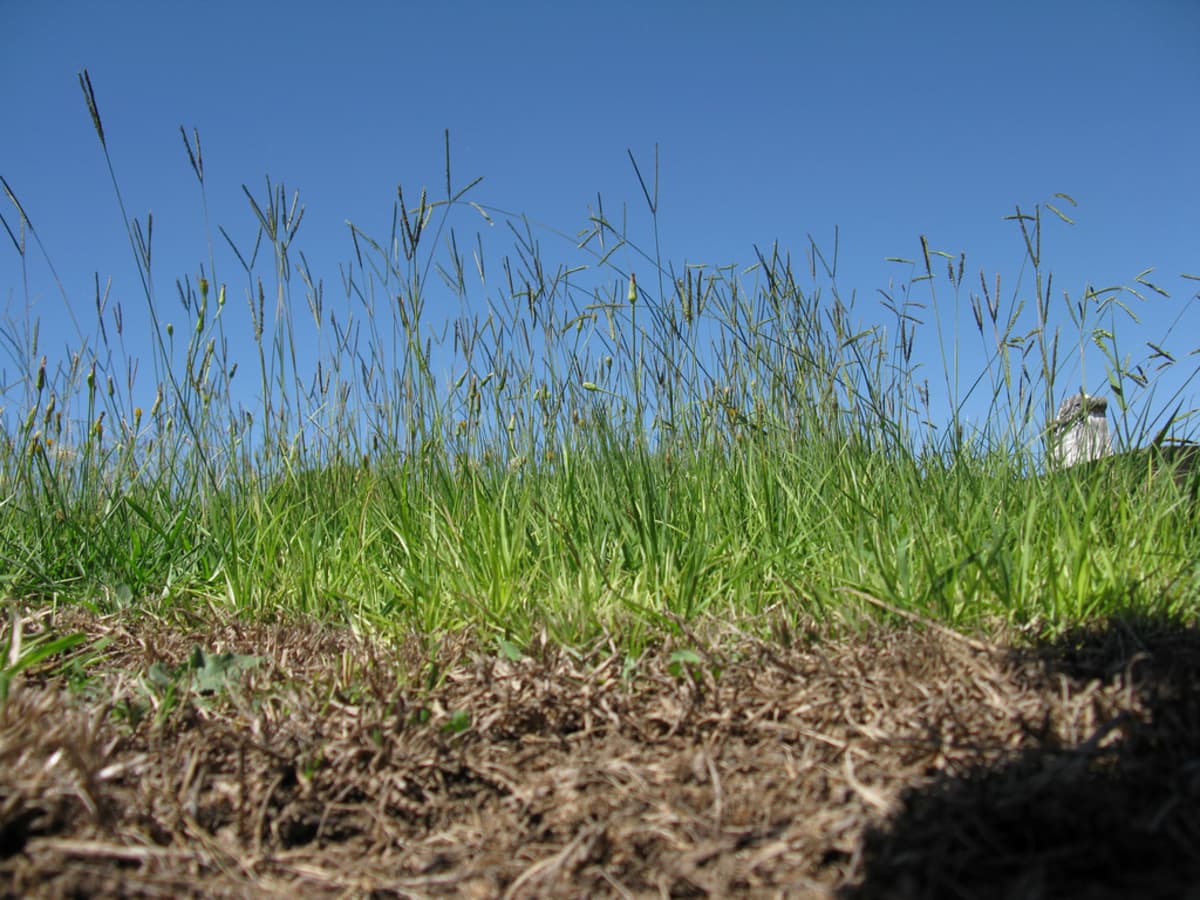
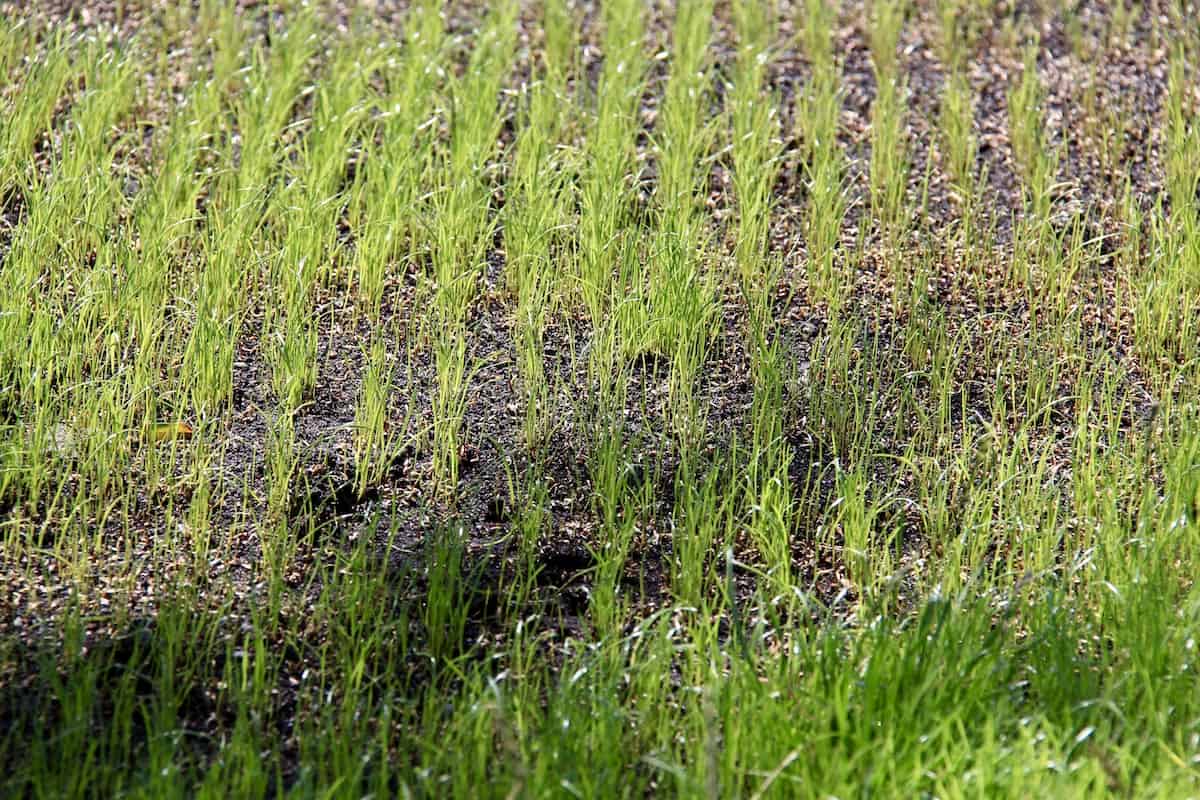
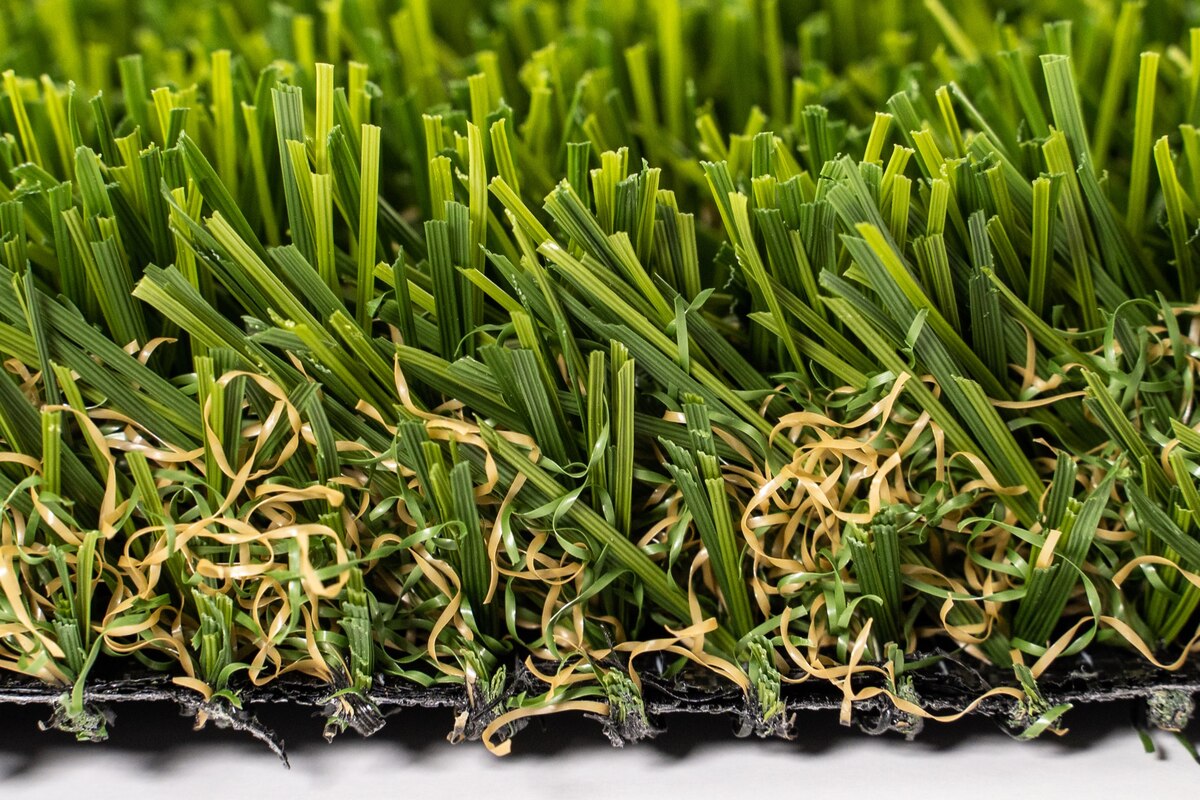







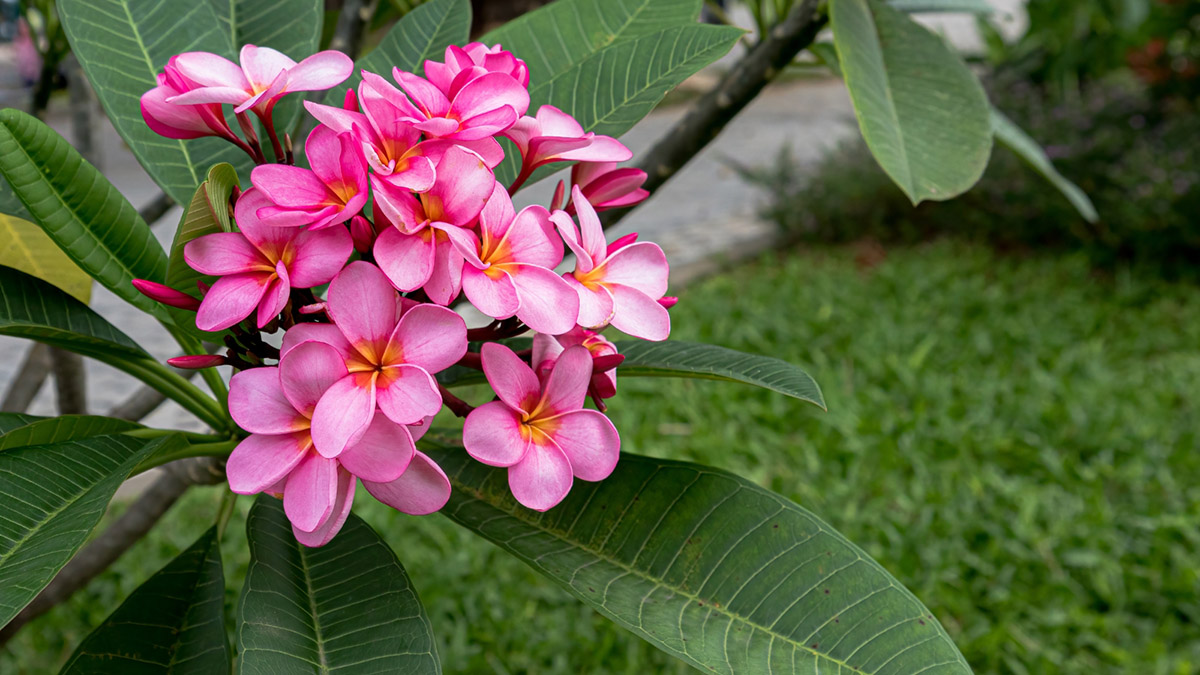

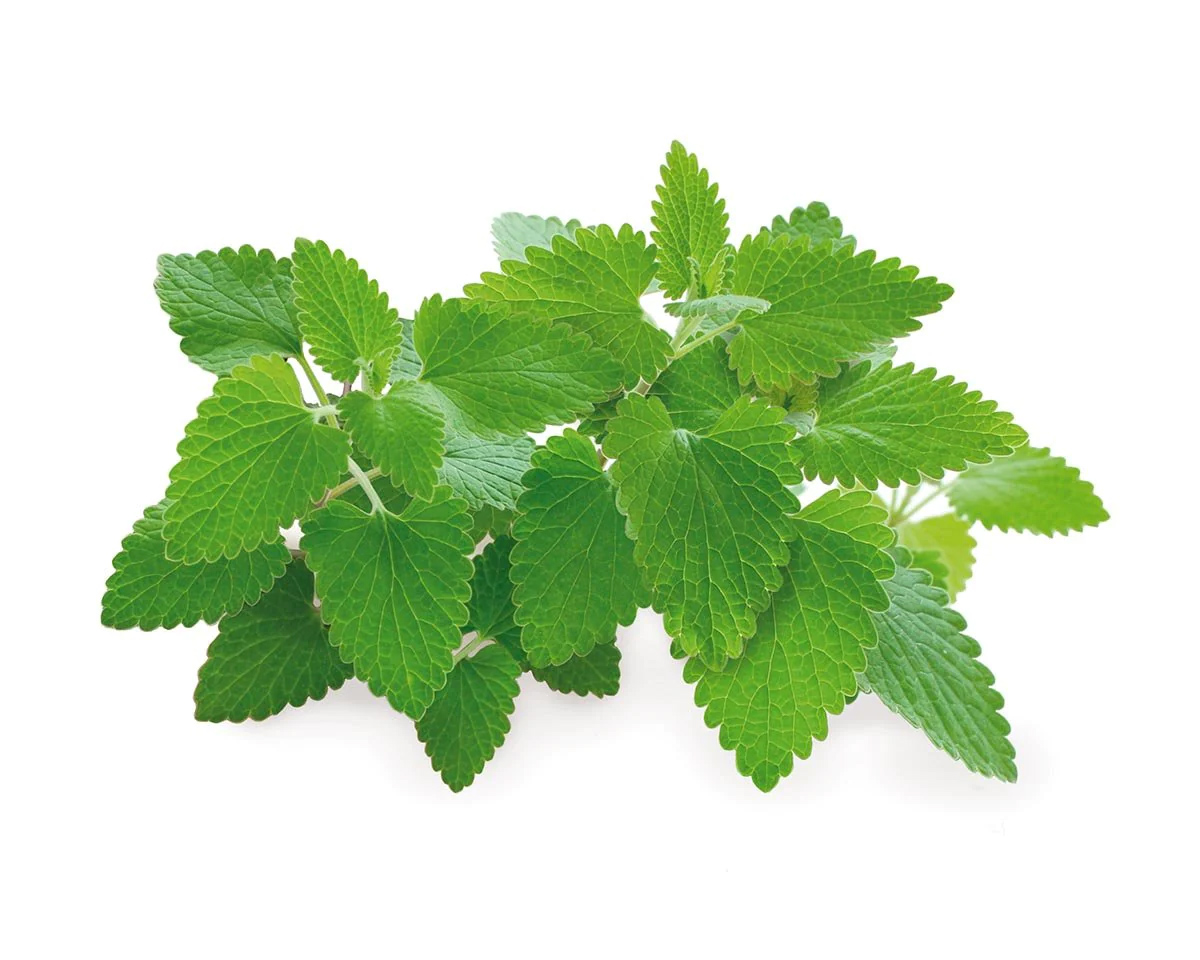
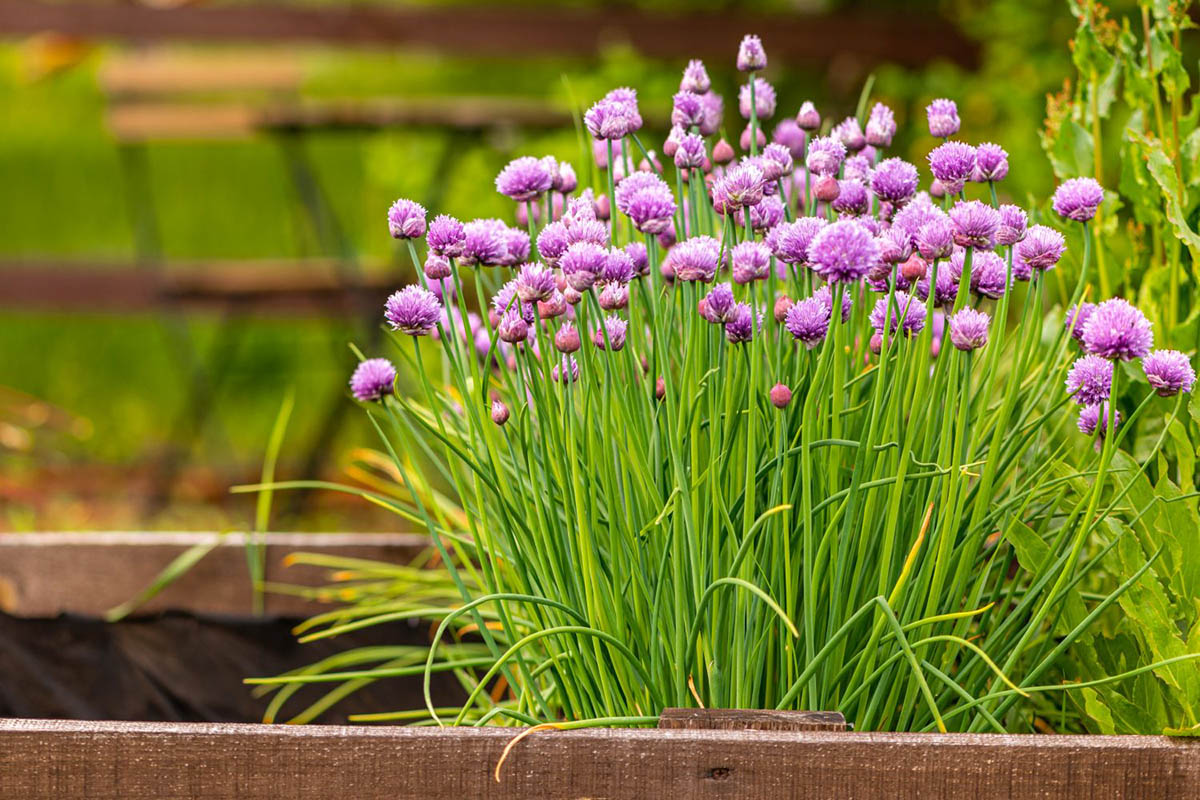

0 thoughts on “How Long Does It Take For Buffalo Grass To Germinate”